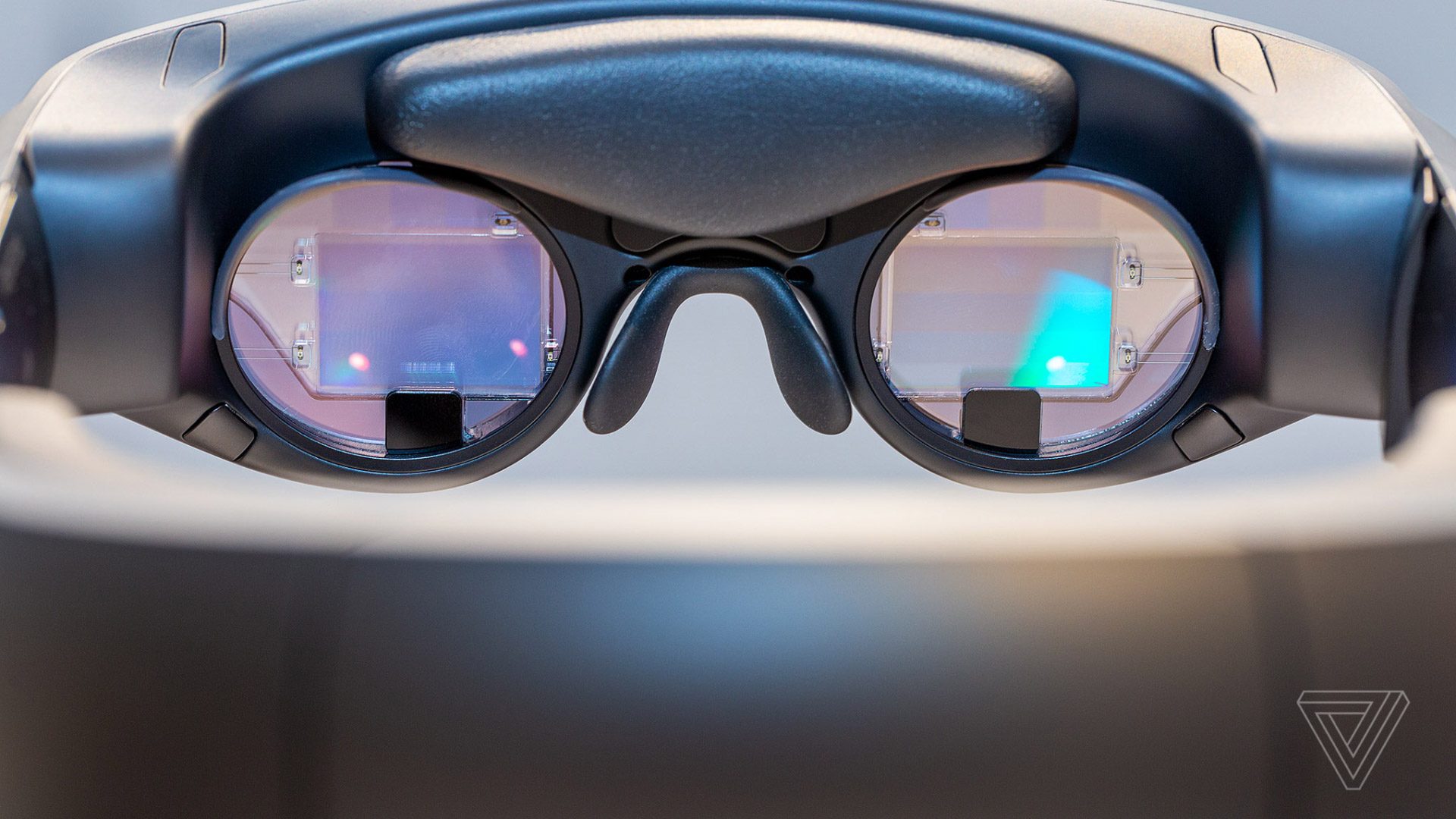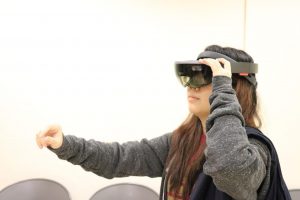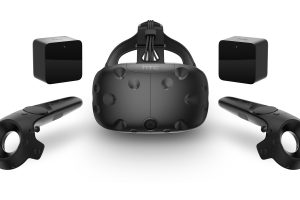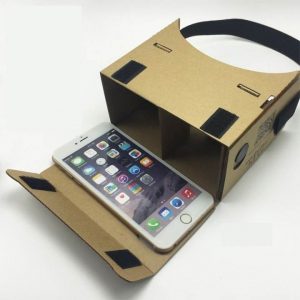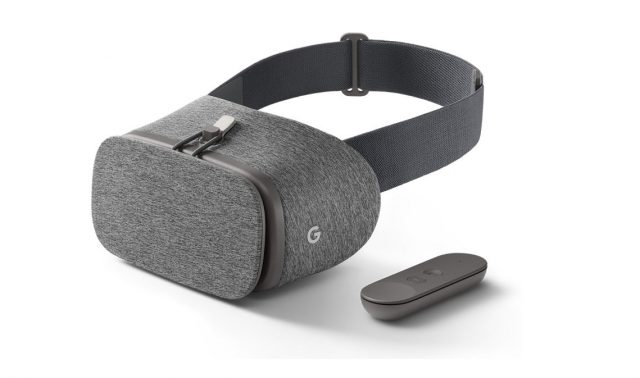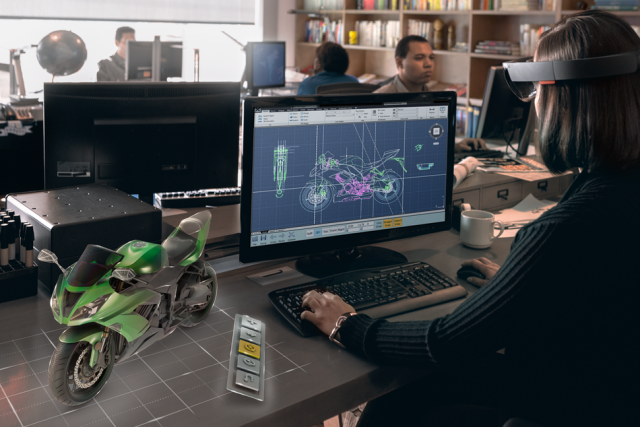As the concept of Virtual Reality (VR) and Augmented Reality (AR) is getting increasingly popular in the recent years, more supporting hardware devices were pushed out into the market. VR devices now have a huge collection to choose from, including the high-end PC-based devices to mobile VR devices. Some notable console/PC headsets include the Oculus Rift, the HTC Vive and the Sony Playstation VR, while some notable mobile VR headsets include the Google Daydream, the Samsung Gear VR and the Google Cardboard.

My most preferred VR device would be the Google Cardboard. Cardboard is initiated by Google in order to encourage the development of VR and VR apps. Named after cardboard, the main material making up the headset, Cardboard is very easy to construct with simple materials, such as tape, velcro and cardboard. This makes it much more affordable as compared to the higher end headsets. In addition, users just need a smartphone to operate Cardboard, making it easily accessible. Furthermore, Cardboard has various designs for users to choose from, or users can assemble their own device using Google’s step by step instructions. Due to its low cost of operations, the Google Cardboard is notable to be a good entry device for users interested in VR. As it supports smartphone apps, it opens up a lot of avenues for users to try out VR at their own time, which is what I appreciate from the Google Cardboard. However, as it is made up of cardboard, which is not a lasting material, it is imperative that users may need to replace their device regularly.
Mixed reality is a mix of VR and AR, where the hardware devices augments the real world with virtual objects, with the aim to look as if they are really placed in real life. Some notable devices for MR will be the Microsoft Hololens and the Samsung HMD Odyssey.

My preferred MR headset is possibly the Microsoft Hololens. Even though it was released earlier than some headsets, it still boasts impressive features among all the MR devices. The Hololens has been reviewed to be user friendly. Providing a holographic projections just on the head gear, and the lack of need of a handset, it can be quite a convenient device to be used. Furthermore, the Hololens is quite light compared to other devices, making it usable for longer periods of time. However, the downside of the Hololens is its exorbitant cost of $3000.
However, the market for VR and MR devices still remains big with plenty of potential. We can definitely look forward to more improved devices in the near future.

 Taken from Amazon.com
Taken from Amazon.com Taken from http://dimensionnxg.com/
Taken from http://dimensionnxg.com/ Taken from http://dimensionnxg.com/
Taken from http://dimensionnxg.com/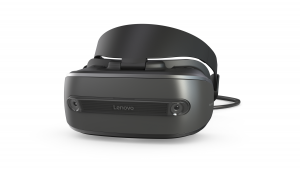

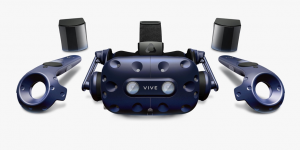


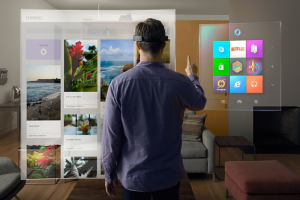
 Oculus Rift
Oculus Rift